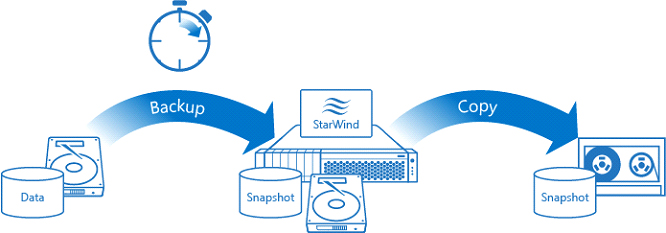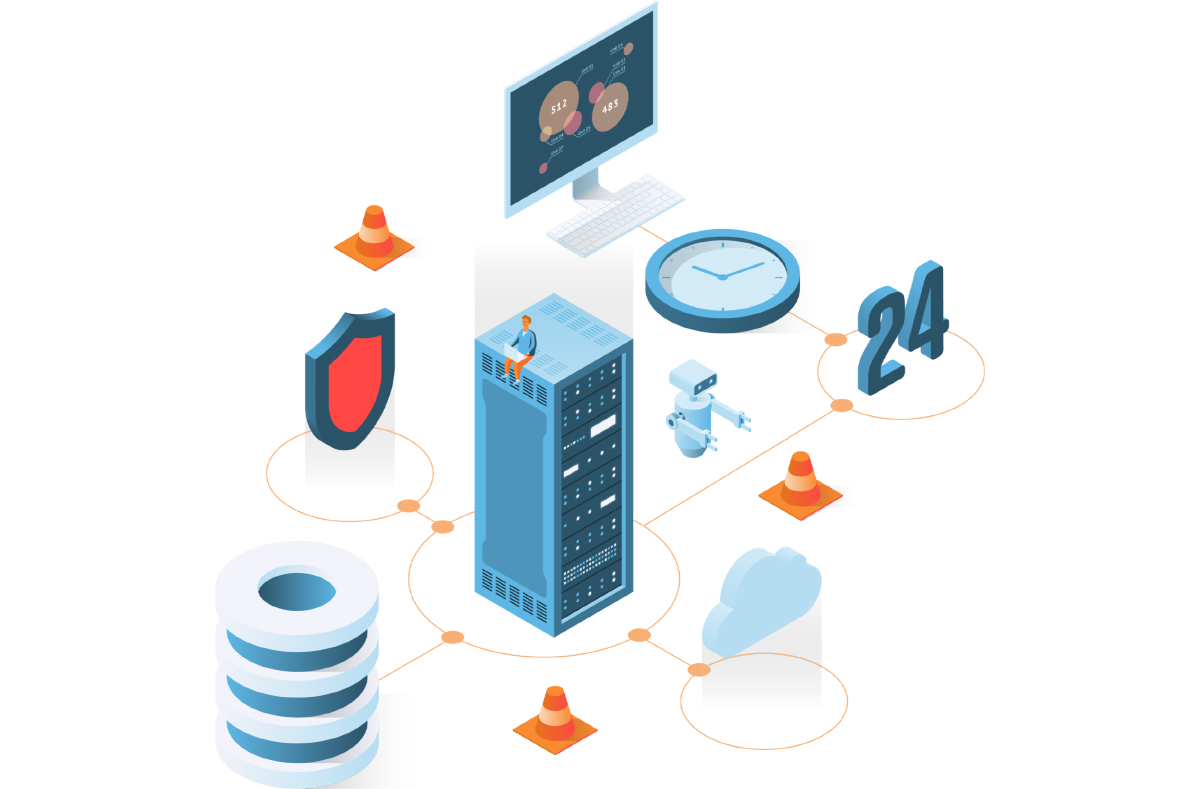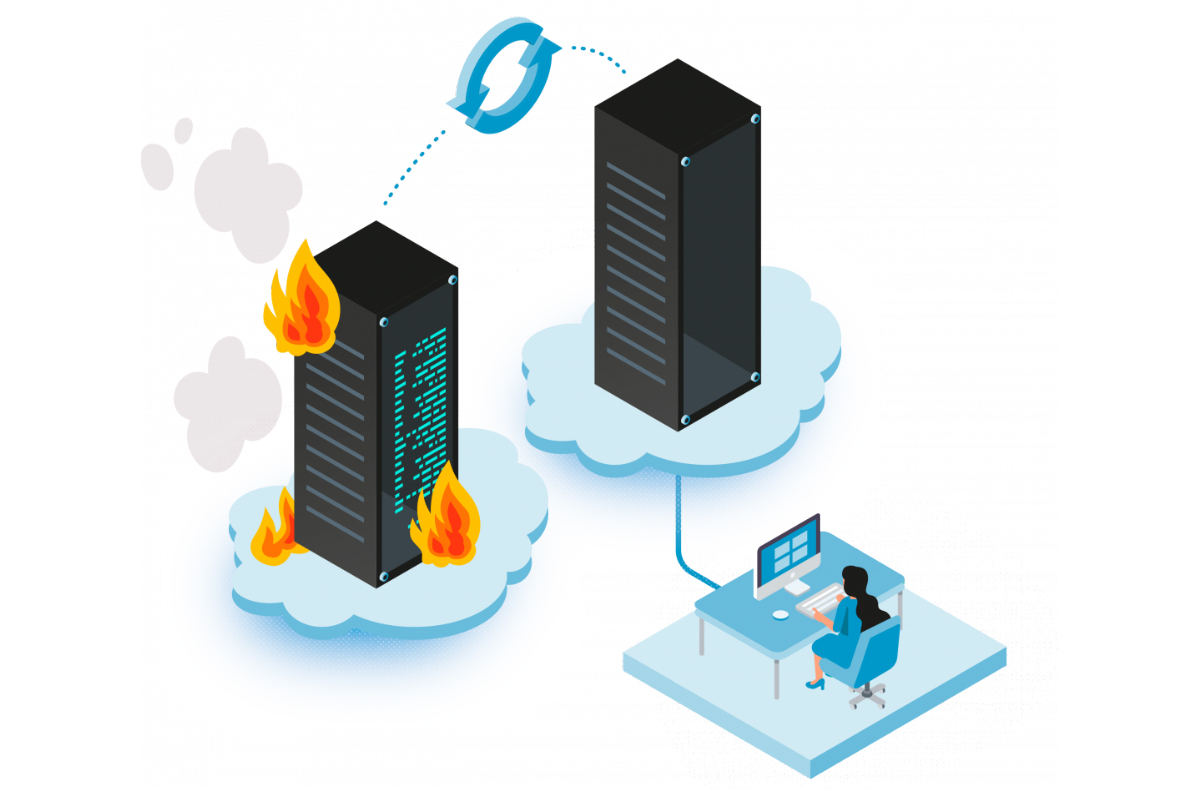Backup and Recovery

What is backup and recovery?
Backup and recovery describes the process of creating and storing copies of data that can be used to protect organizations against data loss. This is sometimes referred to as operational recovery. Recovery from a backup typically involves restoring the data to the original location, or to an alternate location where it can be used in place of the lost or damaged data.
Why backup and recovery is important?
The purpose of the backup is to create a copy of data that can be recovered in the event of a primary data failure. Primary data failures can be the result of hardware or software failure, data corruption, or a human-caused event, such as a malicious attack (virus or malware), or accidental deletion of data.
Storing the copy of the data on separate medium is critical to protect against primary data loss or corruption. This additional medium can be as simple as an external drive or USB stick, or something more substantial, such as a disk storage system, cloud storage container, or tape drive.
Disk to Disk to Tape Backup
Disk-to-disk-to-tape (D2D2T) is an approach to computer storage backup and archiving in which data is initially copied to backup storage on a disk storage system and then periodically copied again to a tape storage system.
Disk-based backup systems and tape-based systems both have advantages and drawbacks. For many computer applications, it's important to have backup data immediately available when the primary disk becomes inaccessible. In this scenario, the time to restore data from tape would be considered unacceptable. Disk backup is a better solution because data transfer can be four-to-five times faster than is possible with tape. However, tape is a more economical way to archive data that needs to be kept for a long time. Tape is also portable, making it a good choice for off-site storage.
A D2D2T scheme provides the best of both worlds. It allows the administrator to automate daily backups on disk so he has the ability to implement fast restores and then move data to tape when he has time. The use of tape also makes it possible to move more mature data offsite for disaster recovery protection and to comply with regulatory policies for long-term data retention at a relatively inexpensive cost.


For best results, backup copies are made on a consistent, regular basis to minimize the amount data lost between backups. The more time passes between backup copies, the more potential for data loss when recovering from a backup. Retaining multiple copies of data provides the insurance and flexibility to restore to a point in time not affected by data corruption or malicious attacks.
Operational Recovery or Disaster Recovery
Many organizations use a backup copy of data to recover from a disaster. However, the terms backup and recovery and disaster recovery generally have different meanings

Operational recovery
A backup copy is intended to help bring systems online by replacing the primary data with an earlier copy in the event of data loss or corruption. Backup data includes multiple points in time that can go back several years and can be kept as an archive. The older the data, the less likely it will be used to restore from. However, many industries have regulatory requirements that require retaining data for long periods of time. Backup or archive copies are well suited to address these requirements.
Disaster recovery
A disaster recovery solution is intended to help an organization rapidly recover from a hardware or site outage by failing over to another copy of data in a near-consistent state. In the event of hardware, software, or site failure, applications are brought online at a secondary site within a short period of time to maintain business operations. Once the primary location is back online, applications and data are typically restored back to the primary location. Unlike backups, a disaster recovery solution typically is made of mirrored data, resulting in minimal data loss (minutes rather than hours or days).






